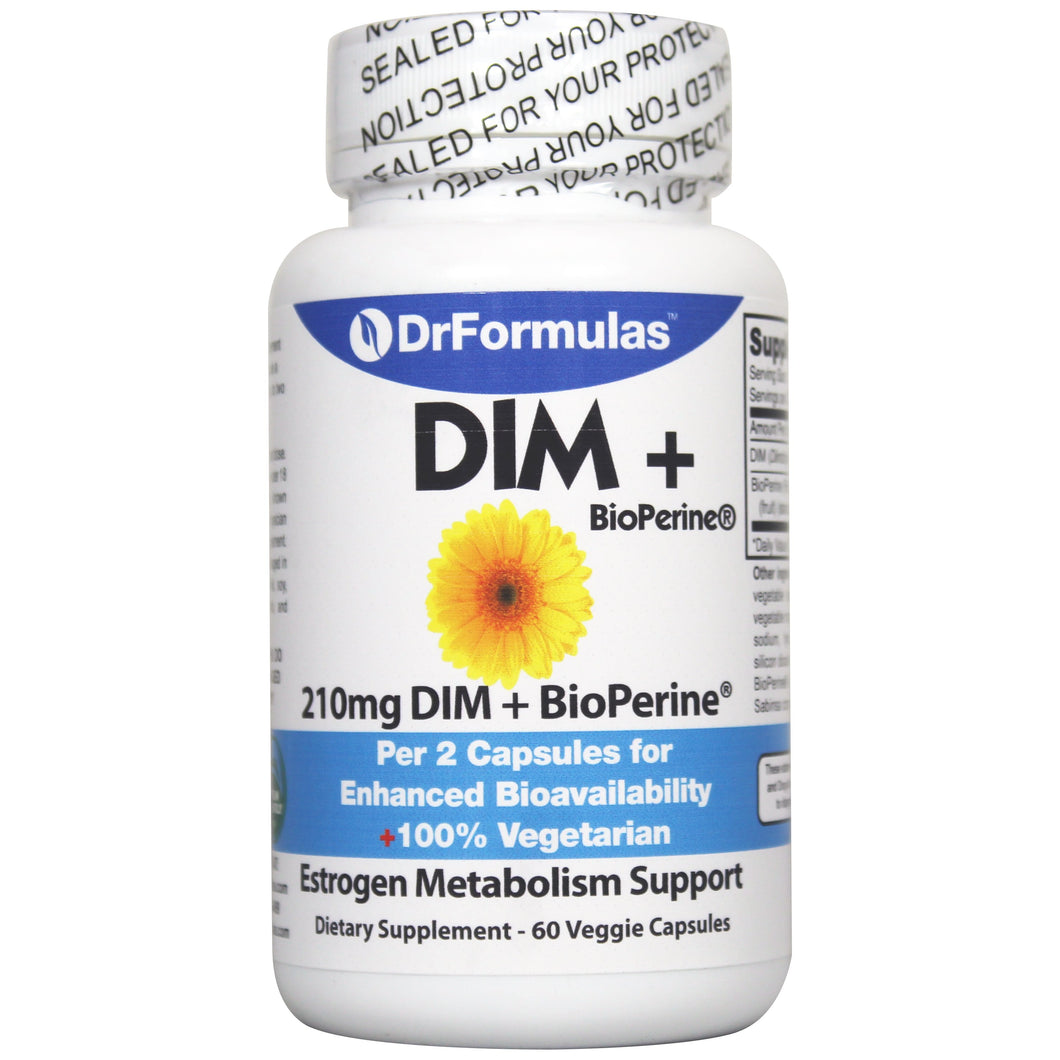

Studies have shown that high levels of ‘bad’ estrogens (see below) can lead to mutations, abnormal growth (as in cervical dysplasia), and an increased risk of breast cancer.

This is the most unhealthy form of estrogen dominance as it has the highest levels of ‘bad’ estrogens. This important form of estrogen dominance results from inheritance, diet and environmental chemicals. Estrogen is believed to contribute to benign prostatic hypertrophy (BPH).Īcquired estrogen imbalance. This corresponds to a time during which estrogen accumulates in the prostate gland. In overweight men, testosterone is increasingly converted into estrogen by aromatase and rising estrogen also competes with falling testosterone. Rising estrogen also becomes a problem for men during their 50s and 60s. Additionally, progesterone levels fall during perimenopause, resulting in a rising estrogen-to-progesterone ratio. Faltering estrogen metabolism often occurs in women during perimenopause, the years before menopause, and is characterized by higher monthly estrogen levels prior to estrogen’s dramatic fall at menopause. In women, slower hormone metabolism in midlife can mean higher-than-normal levels of estrogen and a deficiency in its healthy metabolites. There are three basic forms of this common imbalance. Middle-aged men and women experience changes in hormone production and metabolism resulting in excess estrogen action. Studies have shown that when DIM is consumed in food or in absorbable formulations it encourages healthy metabolism of estrogen, helping to resolve estrogen dominance (see below) and restore healthy hormonal balance.

DIM is not an estrogen or a hormone, however, DIM and estrogen are metabolised in the body through similar metabolic pathways. These plants have been cultivated for thousands of years and were initially used for their medicinal benefits. These include cabbage, broccoli, bok choy, Brussels sprouts, cauliflower, kale, kohlrabi, mustard, rutabaga, and turnip. I3C is a phytonutrient (plant nutrient) found in cruciferous vegetables. What is DIM, and how can it help hormones?ĭIM is one of the broken down metabolites of I3C (Indole-3-Carbinol).


 0 kommentar(er)
0 kommentar(er)
